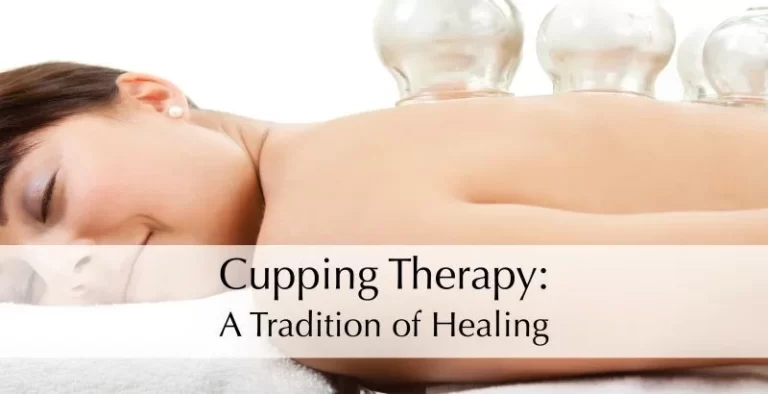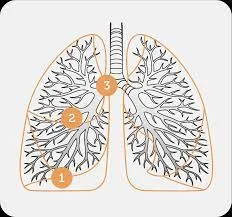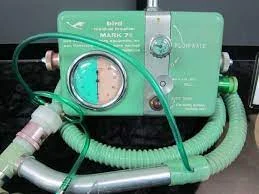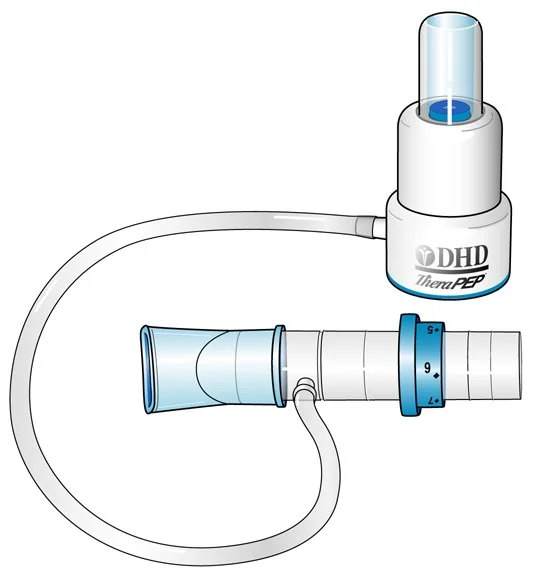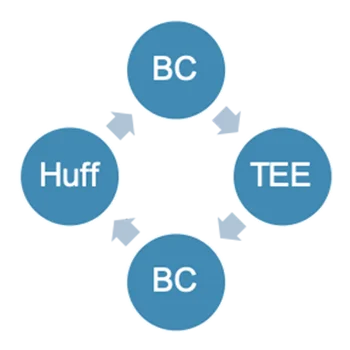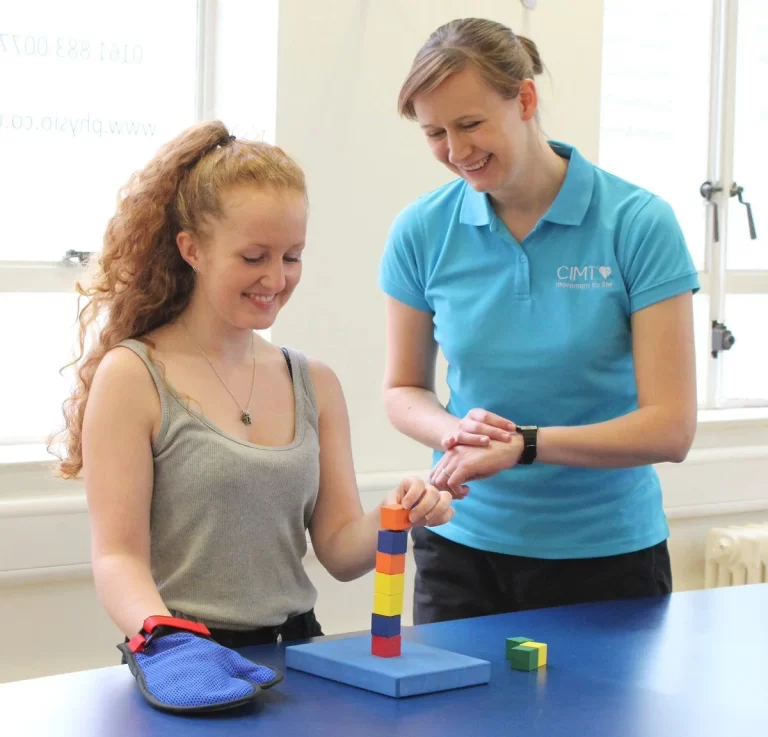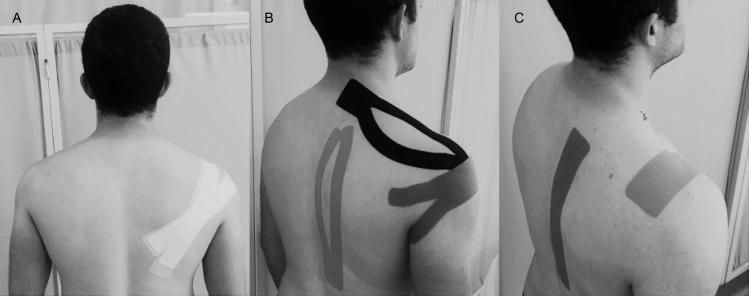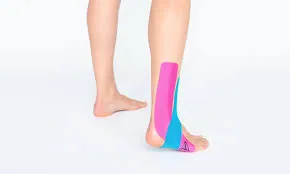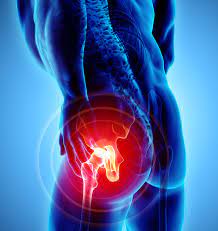Cervical spine mobilization techniques
What is Mobilization for the Cervical spine ?? Introduction to the cervical spine What are the spine segments? Cervical spine ligaments of the cervical spine Anterior longitudinal ligament amination posterior longitudinal ligament blood supply of the posterior longitudinal ligament nerve supply of the posterior longitudinal ligament muscle attachment of the posterior longitudinal ligament variants interspinous…


